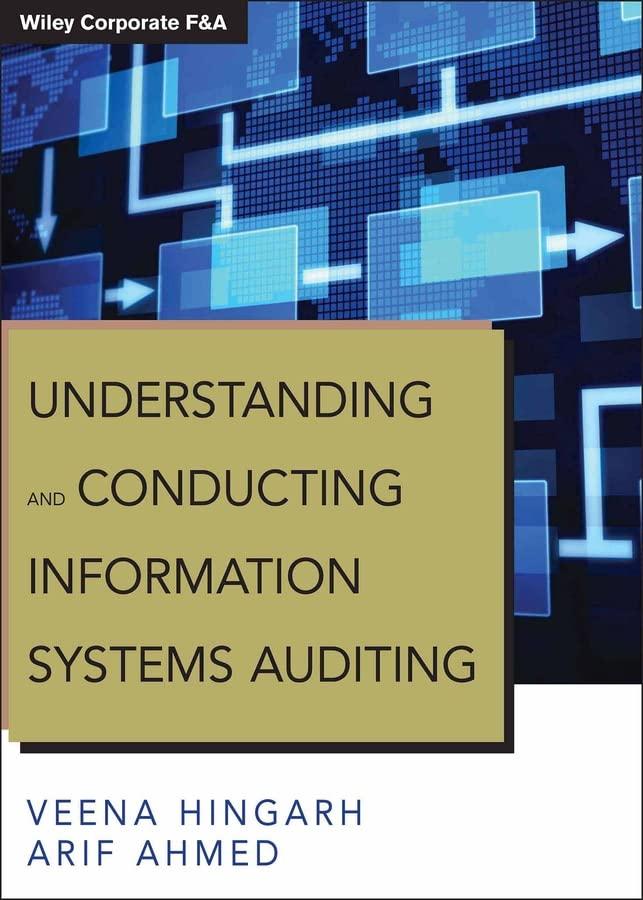Question
XBRL language has so many benefits in making data analysis simpler and more efficient. Excellent job with your research and summary involving this interesting topic.
XBRL language has so many benefits in making data analysis simpler and more efficient. Excellent job with your research and summary involving this interesting topic. Technology has certainly come a long way - and to be continuously useful in the accounting realm with financial reporting and analysis. Preparers using GAAP for publicly traded companies are required not only to create financial statements, but also to assign an XBRL tag to every number, table, accounting policy, statement, and note. Prior to 2009, such quarterly and annual financial statements were only required to be filed with the Securities and Exchange Commission (SEC) using Hyper Text Markup Language (HTML), an unstructured format. Starting in 2009, the same financial statements were also required to be filed in a more structured machine-readable format, using XBRL, so that machines could more readily process what humans read in the HTML document. The XBRL filing allows thousands of pieces of information in financial statements to be digitally available for electronic consumption. In 2021, only an Inline XBRL format, which embeds the XBRL data directly in the HTML document, is required.
XBRL tags can be found in the GAAP Financial Reporting Taxonomy and SEC Reporting Taxonomy (collectively referred to as the GAAP Taxonomy). The GAAP Taxonomy is a list of computer-readable tags in XBRL format available for preparers to assign to their financial statements. It is essentially a dictionary of financial statement terms for GAAP requirements and common reporting practices as provided in the FASB Accounting Standards Codification (Codification).
The availability of XBRL data has helped users go deeper in their financial analysis, view and collect financial data, perform peer comparisons, review cross-sectional or time series data for patterns or variances, update forecasts with as-reported information, and more. XBRL enables the automation of the data collection process and provides faster access to originally reported financial statement data for more detailed and robust analysis with multiple companies in a shorter time period and more affordably than traditional, normalized, or adjusted data sets.
Machines represent over 95% of EDGAR 2 visitors enabling a wide range of XBRL data users, including investors, financial analysts, economic research firms, data aggregators, academic researchers, college professors, preparers for peer analysis, auditors, the SEC, FDIC, IRS, and other federal agencies, as well as the FASB.
The SEC staff uses XBRL data to efficiently analyze large quantities of information in support of risk assessment, rule making, and enforcement activities, including as part of its internally developed Financial Statement Query Viewer and iViewer applications. The SEC can more timely review the information and immediately incorporate it into their tools and it dramatically increases their access to and reuse of corporate disclosures by a factor of 5 to 10 times depending on the company.
What about the FASB as well?
How does the FASB staff use XBRL?
Step by Step Solution
There are 3 Steps involved in it
Step: 1

Get Instant Access to Expert-Tailored Solutions
See step-by-step solutions with expert insights and AI powered tools for academic success
Step: 2

Step: 3

Ace Your Homework with AI
Get the answers you need in no time with our AI-driven, step-by-step assistance
Get Started


